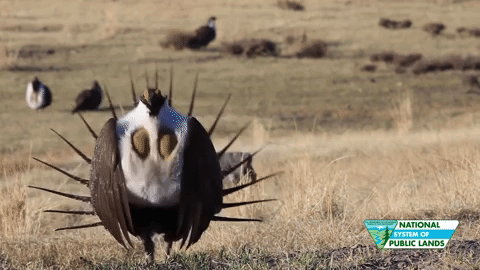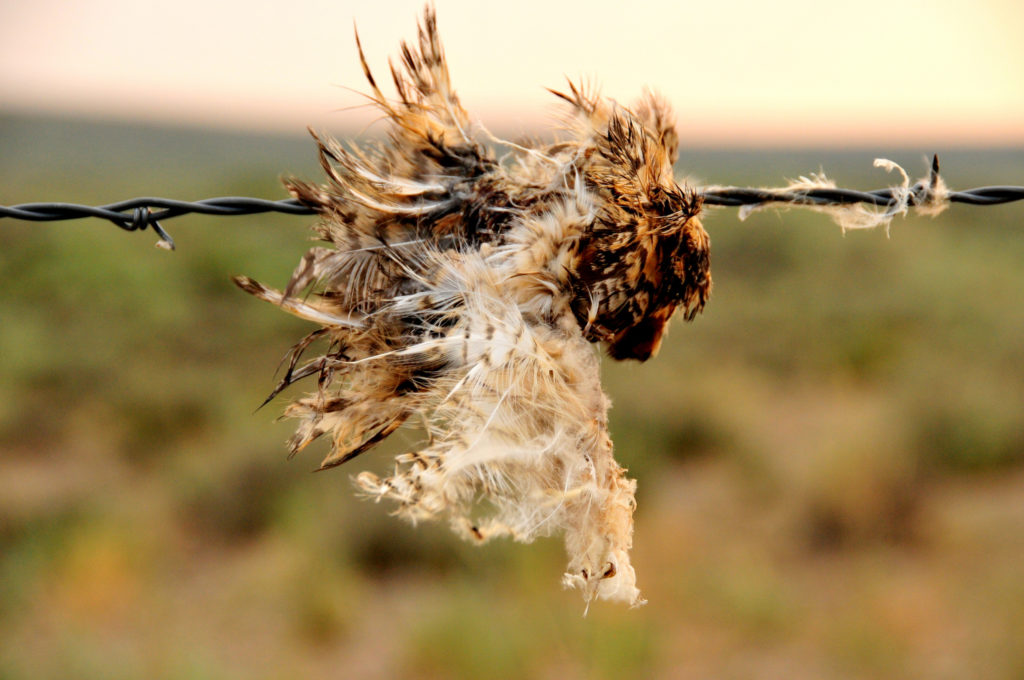Hunting, fishing, and wildlife partners reveal top priorities for conservation of private lands ahead of what may be the only Senate hearing to address the topic ahead of the next Farm Bill
In advance of the Senate Committee for Agriculture, Nutrition, and Forestry’s June 29 hearing on the future direction for the 2018 Farm Bill, the Theodore Roosevelt Conservation Partnership has announced its “Sportsmen’s Priorities for Conservation and Access in the 2018 Farm Bill,” developed over months of consensus-building discussions with 24 organizational members of the TRCP’s Agriculture and Wildlife Working Group.
These priorities will serve as the rallying point for the community of hunters, anglers, and conservationists whose outdoor traditions depend on the policies and funding provided through the Farm Bill.
“When it comes to conservation of fish and wildlife habitat in this country, you can’t ignore that 70 percent of American lands are privately owned, and a majority of that acreage is in some form of agriculture,” says Whit Fosburgh, president and CEO of the Theodore Roosevelt Conservation Partnership. “Our community’s priorities for the next Farm Bill underscore the point that in order to guarantee quality places to hunt and fish, sportsmen need to work with our nation’s farmers, ranchers, and foresters to ensure productive habitat and clean water. Early on in these debates, we must be united around providing adequate funding and policy tools to support voluntary conservation activities on private lands, and we’re optimistic that tomorrow’s hearing—possibly the only Senate hearing that will address sportsmen’s 2018 Farm Bill priorities—will put a spotlight on these issues.”
The hearing takes place at a time when Congress and the administration are discussing ways to tighten an already trim conservation budget for the Farm Bill. Changes in the 2014 bill resulted in $4 billion in cuts from the conservation title alone. But the sportsmen’s community is urging Congress to restore some of the funding for private lands conservation—for programs including the Agricultural Conservation Easement Program, Conservation Reserve Program, and Voluntary Public Access and Habitat Incentive Program—in 2018.
“Private and working lands are crucial to the conservation of soil, water, and fish and wildlife resources, and as the largest source of federal funding for private lands conservation, the Farm Bill has far-reaching effects on fish and wildlife populations across the country,” says Ron Regan, executive director of the Association of Fish & Wildlife Agencies. “AFWA is looking forward to tomorrow’s hearing on conservation and forestry in the 2018 Farm Bill, and we are committed to working with the Senate Agriculture Committee and others in Congress to pass a new Farm Bill that reflects the priorities of the Association, as well as those of the wider sportsmen’s and conservation community, in order to promote recreational access and healthy fish and wildlife habitat for the benefit of all Americans.”
Several of the witnesses at Thursday’s hearing will be speaking about forestry in the Farm Bill, which is also a top priority for hunters and anglers. The forestry provisions of the Farm Bill are unique among the legislation’s conservation programs in that they address both private and public lands, which is critical to taking on landscape-scale concerns, including habitat connectivity and recreational access.
“We appreciate the committee’s bipartisan efforts to continue to improve farm bill programs for forest landowners,” says Becky Humphries, CEO of the National Wild Turkey Federation. “Forestry in the Farm Bill is about partnerships—between USDA and individual landowners, the states, and organizations like NWTF. We’re eager to hear from tomorrow’s witnesses on the successes and strengths of those partnerships, and on ways to advance them in 2018. The sportsmen’s and wildlife communities have long argued that long-term conservation and active management of our nations forests are critical to the future of wildlife habitat, water quality, and rural economies across much of our country, and the Farm Bill offers us a great opportunity to incentivize better practices on both private and public lands.”
Learn more about the TRCP’s agriculture and private lands work here.
Header image courtesy of USDA/Flickr.






